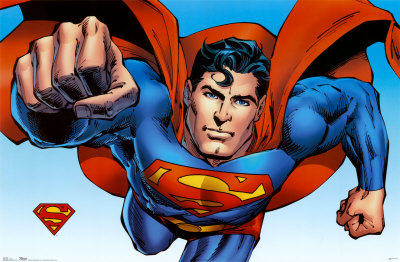In this article, Rendall tries to give the reader suggestions that will help them “discover uniqueness by flaunting weakness.”As is the case with most of these articles, I disagree with the majority of the points that are trying to be made. The three suggestions that I thought were the least valid were 3, 6, and 8.
3: Pretty much this entire article seems to be ideas that he seems to think support his point but in reality do not support it at all. One example in this point is when he is talking about the man who used to be addicted but “turned his life around.” What he seems to be trying to suggest is that any weakness can become a strength in any person. He tries to support this by using the example of one man who just happened to get clean from drugs. In no way does this support his claim that all weaknesses are or should be strengths. He even diminishes it even further when he says that the man proceeded to lose everything again because of his addiction to something else. Just because his addiction is now in something other than drugs doesn’t mean that it’s positive and should be considered a strength.
6: I think something that is blatantly wrong with this point is the fact that he strives so hard to emphasize that strengths and weaknesses are connected and related to each other, and then treats them in completely different ways. He says that if you focus on your weaknesses then it will diminish your strengths, but acts as if the opposite is not true. He doesn’t try to support it in any way he just assumes you won’t question the idea that if you focus on your strengths then your weaknesses will becomes larger.
8: Once again I think this point is an example of something that he seems to think supports his point but in reality, it does nothing of the sort. If you just take a step back and look at how he is trying to compare (in order to support his argument) a failed architectural attempt, to the farthest stretches of human personality, it just seems a little ridiculous.
As for my own creative strengths and weaknesses, I have definitely discovered some of my own after being in this class. First off, I would say my greatest strength is working by myself, and therefore my greatest weakness is collaborating with others. Every time during the class that I worked with others, (all but once) I felt like my creativity was being held back. It’s not that I didn’t enjoy the people I was working with, but rather that many of my ideas were so different than what the others collectively wanted to go with that my ideas weren’t incorporated as much. The one time that I was able to work by myself however (animation project), I felt much better about my final product. I wasn’t able to complete the animations to the degree I would have wished (mostly because of time restraints) but I was definitely able to make them represent what I had in mind.








